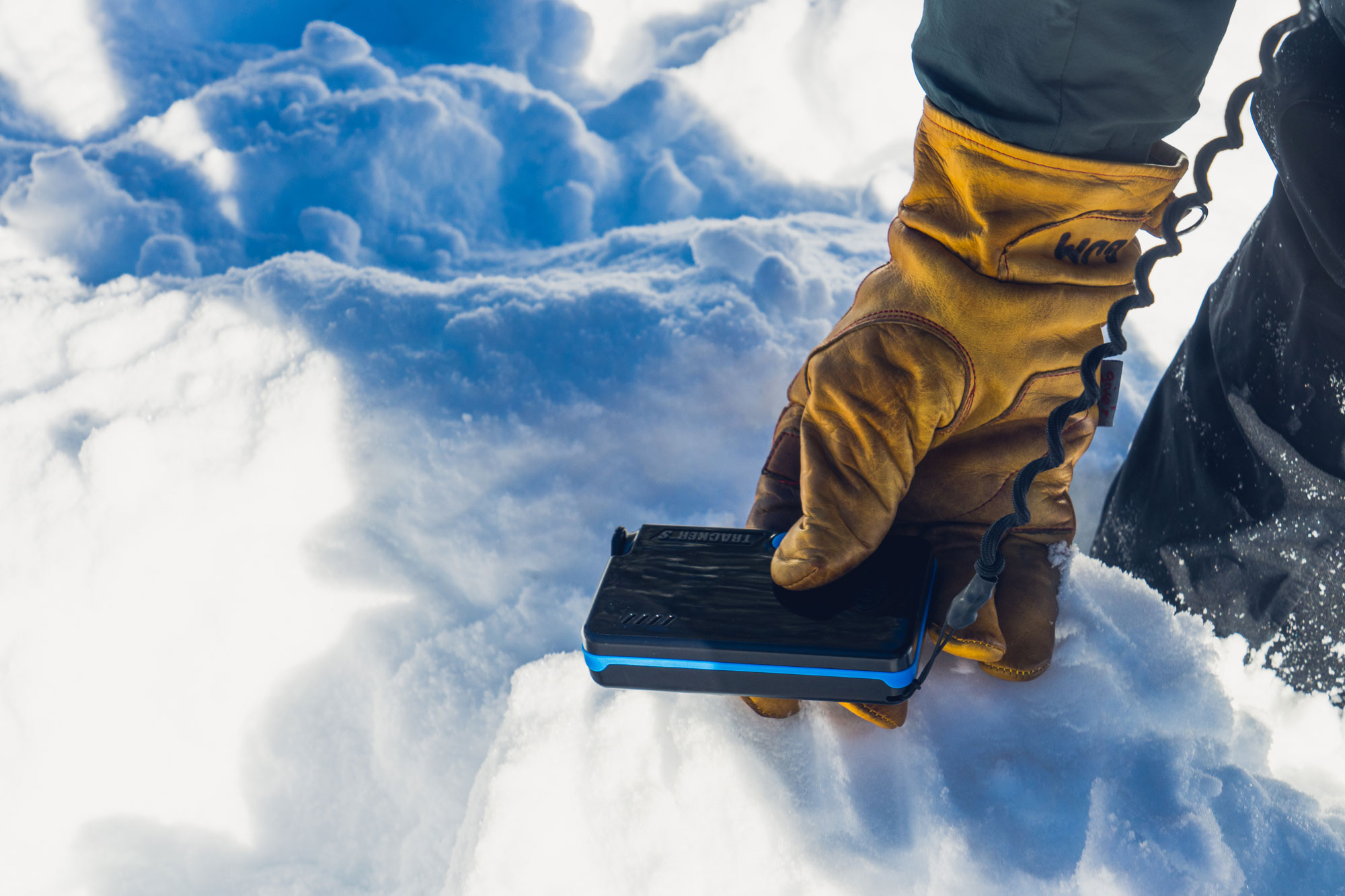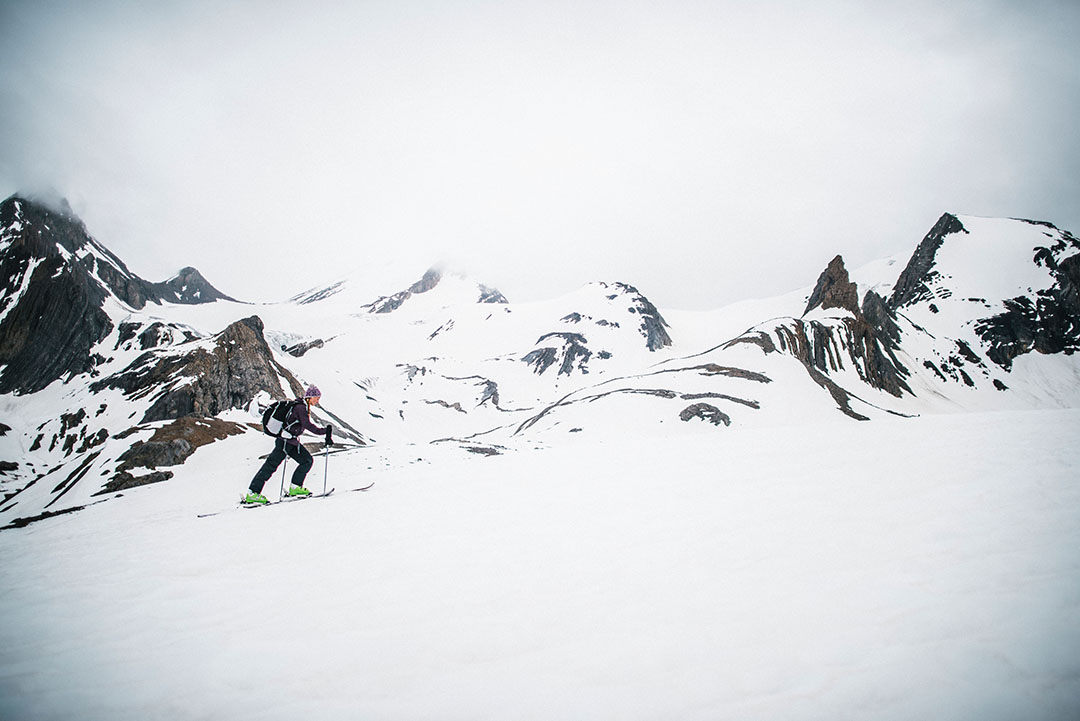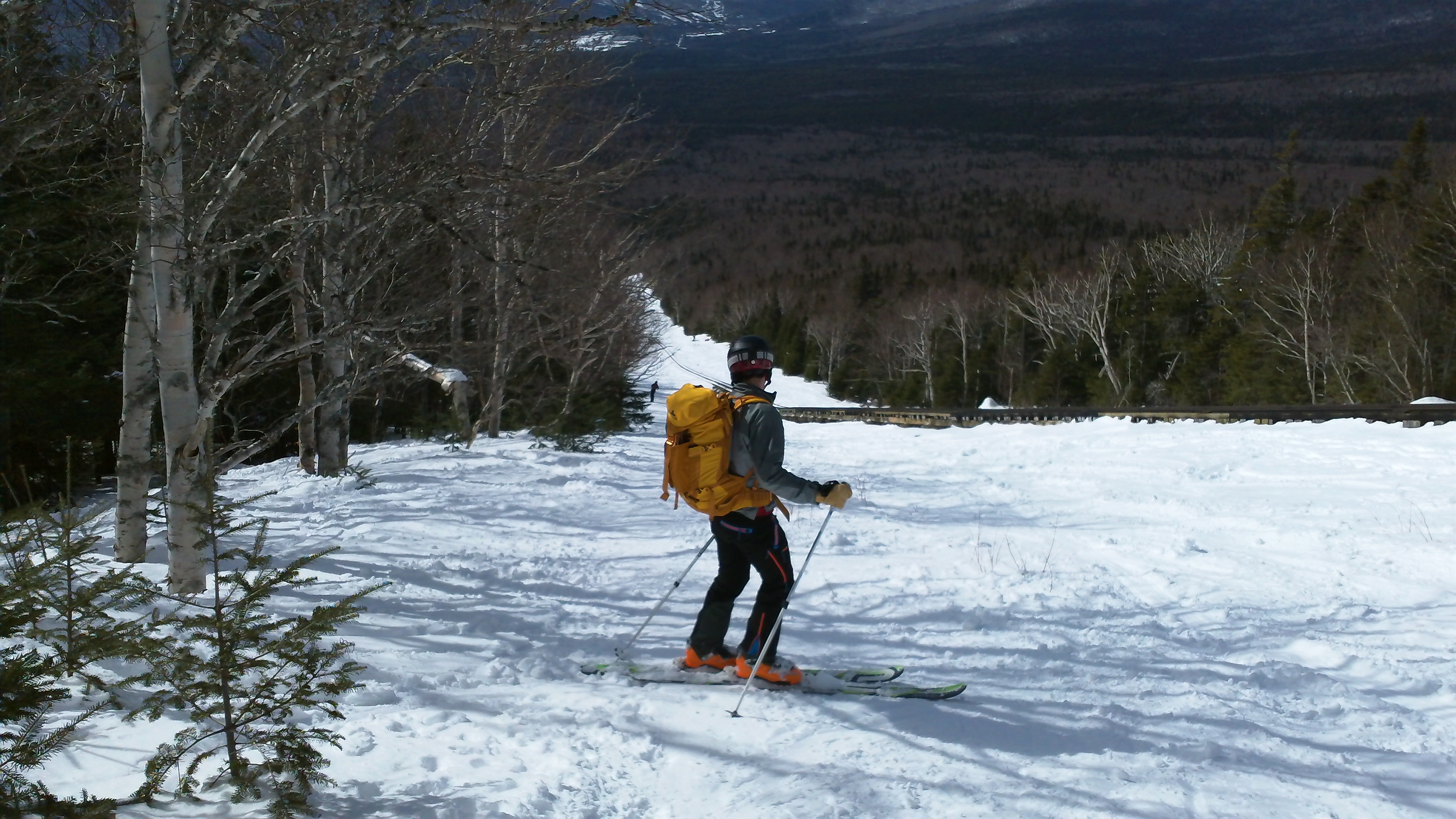With another winter season upon us, we find ourselves digging out the cold weather gear, tuning edges and waxing skis and boards. A great many preparations take place in the fall and into the winter, and one important but easily cheated step concerns avalanche safety and rescue.
Nowadays, there is a growing enthusiasm for the importance of avalanche education and training, but for a lot of recreational skiers, taking a Level 1 course feels like the end of things. In reality these courses are only a framework for a skier’s personal commitment to staying on top of the training, and so it’s on us to “use it or lose it.” With nothing consistent to hold people accountable to keeping skills and judgment sharp, it may be too easy to creep into ski season underprepared.
Practicing rescue skills should become habitual, and while the frequency of practice may vary with how often you are getting out, it’s a good idea to do a “deep clean” and “reset” every year in the fall and early winter. So what should we be practicing every season? Below are some examples of areas to train on a regular basis:

1. Beacon Drill
Get a group together. Practice in the group sizes that you typically travel in, but three or more is nice. Then find a location, keeping in mind that the ‘where’ isn’t that important. Yard space, parks, and other open areas all work well, just get permission if you’re not in public space. No snow? No problem, there are bountiful fallen leaves in the autumn, tall grass conceals well, and even playing hide and seek with helmets and boots on the lawn can work in a pinch. Not much good for probing and digging but it’s better than nothing until you can find snow to practice in.
Even better: Take advantage of the soon-to-be Mount Washington Beacon Park for an easy testing experience: Just stop by and press a button to turn on one of a collection of pre-buried practice beacons, then get an alert when you’ve found it with your probe. Donate to make the park a reality (and win some EMS gear) here.
2. Rescue Digging and Probing
Once the snow appears, some good locally found substitutes for avalanche debris are snowbanks along roads and driveways. Any disturbed and chunky snow that sinters down hard again makes for good digging practice, just watch out for traffic. Probing can be practiced anywhere with snow as well, so long as you can simulate positive probe strikes versus misses by burying something like a backpack or stuff sack filled with clothes.

3. Sled Drill
Most of the setup is the same as the beacon drill, but you won’t need to bury anything necessarily. You can start at the “point of extraction” after a beacon search, and elect one person of the group as the patient, with all others as rescuers. Again, no snow needed for this but it does make a big difference for the sake of authenticity and to practice moving a patient through different terrain on a sled.
4. Pit Digging
Snow pits can be a helpful tool, so long as you’re doing your tests right. To help ensure you are, pit digging and testing regularly should be a part of the training cycle. The crucial hands on practice obviously requires a good amount of snow, but until you can find it there are resources online and in books to hone your knowledge at home in the meantime.

5. Gt Your Gear Ready
Making sure your beacon has fresh batteries, your helmet fits snug, your air bag has a new cartridge and all your gear is in tip-top shape is as important as any training you could get before going out this season.
6. The Other Stuff
There are a great many facets to a well-rounded avalanche education, so don’t forget the less obvious and visible training areas. Terrain assessment, weather and snow observation, and note taking are examples of crucial skills that also deserve refreshment throughout the season and in your training cycles.
7. The Next Lesson
Is it time for the next avalanche safety course? If the skills that you have are coming up short for the activities you want to do or the places you want to travel to, consider taking the next step in formal education. Talk to a local guide outfit or education center to determine if moving up the ladder is what you need. Even if you don’t need the next level, maybe retaking a course would get you back up to snuff.
Now that the backcountry has become abuzz with both new and experienced skiers and riders, it is as important as ever that each of us understands how to manage avalanche hazards and risk so that we can look out for each other and if necessary, be a valuable asset in case of an emergency. Thankfully, the outdoors community is a great one for knowledge sharing and mentorship, so get out and ask for help if you need it, and remember to give back when you can.
Sean Coit
Sean is a New Hampshire native who can be found looking for remote ski lines and climbing objectives when not working for the EMS Climbing School. Talking about gear makes up a large percentage of Sean’s conversations, and occasionally those ramblings will make their way into print.
Related Posts
April 2, 2024
10 Tips for Mountain Biking Etiquette During Mud Season
One rough spring could ruin the…




